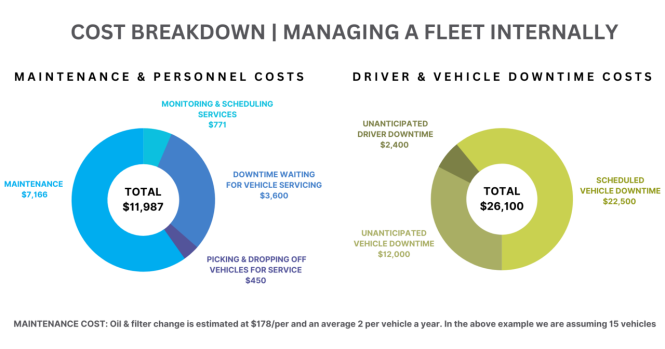

Supply chain issues significantly impact the availability of new vehicles for businesses. The global automotive industry faces unprecedented challenges due to disruptions in the supply chain. This article explores the multifaceted problems impacting new vehicle availability, providing actionable insights and strategies for businesses to navigate these complexities. We’ll dive into the core issues, from material shortages to logistical bottlenecks, offering concrete solutions and guidance on mitigating risks and maintaining customer satisfaction. The structure of this article will cover the definition of the problem, examining the key disruptions, exploring solutions and strategies, and ultimately offering actionable steps to overcome the challenges.
Understanding the Scope of Supply Chain Disruptions
Identifying the Root Causes
The global automotive industry is grappling with significant supply chain issues that severely impact the availability of new vehicles. From material shortages, particularly in semiconductors, to logistical bottlenecks and transportation delays, these disruptions create cascading effects throughout the entire manufacturing process. The complexity and interdependence of the global supply chain make these problems incredibly challenging to address, affecting everything from production timelines to customer satisfaction. For example, a significant shortage of specific semiconductor components can halt production of entire vehicle models, leading to frustrating delays for consumers and reduced revenue streams for businesses. The pandemic significantly exacerbated existing vulnerabilities, leading to a dramatic spike in demand for certain goods, outstripping supply chains designed for a more stable market. This has created unprecedented challenges for automotive companies worldwide, forcing them to adapt quickly to navigate this complex landscape. This article delves into the intricacies of these disruptions and presents pragmatic strategies for mitigation and resilience within supply chains.
Examining the Key Disruptions
Material Shortages: A Critical Bottleneck
Material shortages, especially concerning critical components like semiconductors, pose a significant hurdle to vehicle production. The intricate nature of modern vehicles demands an incredible range of components, and disruptions in any part of the supply chain can have far-reaching consequences. The semiconductor shortage has been a particularly acute problem, impacting everything from engine control units to infotainment systems. This highlights the vulnerability of complex production processes to unforeseen events in global supply chains. Companies must now actively diversify their sourcing strategies to ensure they have access to a wider variety of suppliers and alternative parts to manage the risk of future disruptions. Companies need to develop contingency plans and proactively seek out alternative suppliers to mitigate the risk of delays and shortages.
Exploring Solutions and Strategies
Diversifying Sourcing Strategies
One key strategy for mitigating the impact of supply chain disruptions is diversifying sourcing strategies. Companies must move beyond a reliance on single suppliers, especially for crucial components. Exploring alternative sources from multiple regions can create resilience to localized issues. This approach helps reduce the dependency on a single geographic location, providing a buffer against potential disruptions in any particular region. By creating redundancy, companies gain greater control and flexibility in navigating future challenges. This approach requires careful due diligence in assessing the reliability and quality of potential alternative suppliers. A robust risk assessment process is vital for selecting appropriate alternative partners to ensure minimal disruptions in future production.
Optimizing Inventory Management
Proactive Demand Forecasting
Effective inventory management is crucial for maintaining vehicle availability in the face of unpredictable supply chain disruptions. Proactive demand forecasting becomes paramount. Businesses must anticipate potential fluctuations in demand and adjust their inventory levels accordingly. Strategies for accurate forecasting may include advanced analytics and data-driven models. Robust communication channels with stakeholders throughout the supply chain are vital. Timely information allows for better adaptation and strategic decision-making. By incorporating real-time data and analyzing potential disruptions, businesses can anticipate needs and proactively adjust inventory levels. In short, forecasting demand helps mitigate the risk of stockouts, making production more efficient and reducing delays.
Maintaining Transparency and Communication
Fostering Strong Relationships
Open and transparent communication channels are essential throughout the supply chain to manage expectations and mitigate potential issues. Keeping customers informed about potential delays and providing regular updates are crucial for maintaining their trust and satisfaction. Consistent communication helps ensure a clear understanding of the impact of supply chain disruptions on vehicle availability. Transparency also strengthens relationships with key stakeholders, building trust and fostering a cooperative environment for future challenges. Building strong relationships with suppliers, distributors, and retailers helps foster a more reliable and resilient supply chain.
In conclusion, navigating supply chain issues affecting new vehicle availability demands a multifaceted approach. Businesses must actively monitor disruptions, leverage alternative sourcing strategies, and maintain transparent communication with customers. Proactive measures, such as diversifying suppliers, optimizing inventory management, and fostering strong relationships with stakeholders, are crucial for mitigating the impact of these unpredictable challenges. By adapting to these realities, businesses can remain resilient, maintain customer satisfaction, and ultimately achieve sustained success in the automotive industry. Take control of your vehicle supply chain; request a consultation today!